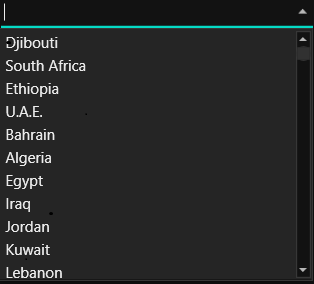Getting Started with WPF AutoComplete (Classic)
19 Oct 20226 minutes to read
Structure of the AutoComplete control
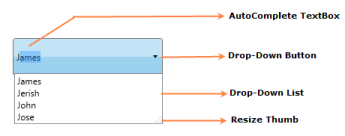
AutoComplete Control Structure
Add AutoComplete to an application
Following are the step-by-step instructions to add an AutoComplete control in a WPF application. The AutoComplete control can be created by using either C#, XAML code. It can also be created using Blend.
Creating AutoComplete using C#
-
Open Visual Studio, On the File menu click New -> Project. This opens the New Project Dialog box.

Creating New Project
-
In the Project Dialog window, select WPF application and, in the Name field type the name of the project. Click OK.
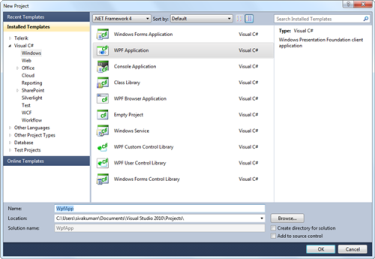
Creating New WPF Application
-
Go to Solution Explorer. Right-click References folder and click Add Reference. Add the Syncfusion.Tools.WPF.dll and Syncfusion.Shared.WPF assembly to the project References folder.
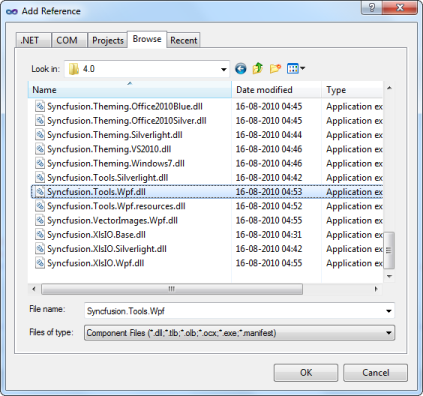
Adding Reference
xmlns:syncfusion="clr-namespace: Syncfusion.Windows.Tools.Controls;assembly=Syncfusion.Tools.Wpf" -
Add Syncfusion.Tools.WPF reference in XAML and C# code as follows.
using Syncfusion.Windows.Tools.Controls; -
Click and open the C# file. Add AutoComplete to the application.
AutoComplete AutoComplete1 = new AutoComplete(); List<String> productSource = new List<String>(); productSource.Add("WPF"); productSource.Add("Chart"); productSource.Add("GridView"); productSource.Add("WF"); productSource.Add("Xlsio"); productSource.Add("Business Intelligence"); productSource.Add("Tools"); productSource.Add("Silverlight"); productSource.Add("Schedule"); productSource.Add("Mvc"); productSource.Add("Pdf"); this.AutoComplete1.CustomSource = productSource;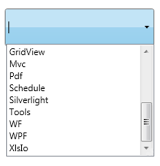
AutoComplete Created Using C#
Create AutoComplete using XAML
Following are the steps to create the AutoComplete by using VisualStudio in XAML as follows.
-
Create a new WPF application in Visual Studio. In Visual Studio Toolbox, click Syncfusion WPF Toolbox tab and select AutoComplete.
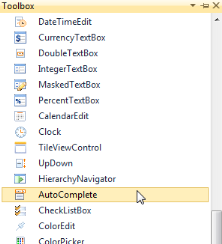
Select AutoComplete From ToolBox
-
Drag-and-drop the AutoComplete to Design View, to add AutoComplete to the application.

AutoComplete Drag and Drop from ToolBox
-
You can now customize the properties of AutoComplete in the Properties Window.
<local:productSource x:Key="Src"/> <syncfusion:AutoComplete x:Name="AutoComplete1" Source="Custom" CustomSource="{StaticResource Src}"/>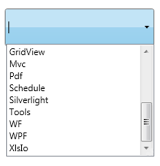
AutoComplete Created Using XAML
Create AutoComplete using expression blend
The AutoComplete control provides full Blend support. Here are the step-by-step instructions to create a WPF application in Blend.
-
Open Blend, On the File Menu click New Project. This opens the New Project dialog box.
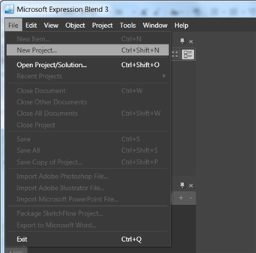
Create New project in Expression Blend
-
In the Project type’s panel, select WPF application and then click OK.
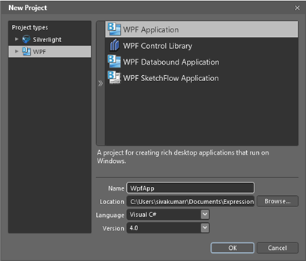
Create New WPF Application in Expression Blend
-
Add the following References with the sample project.
- Syncfusion.Tools.WPF.dll
- Syncfusion.Shared.WPF.dll
-
On the Window menu, select Assets. This opens the Assets Library dialog box. In the Search box, type AutoComplete. This displays the search results as shown below-.
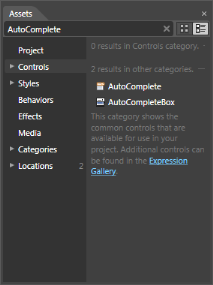
AutoComplete Displayed in Assets window
-
Drag the AutoComplete control to the Design View.
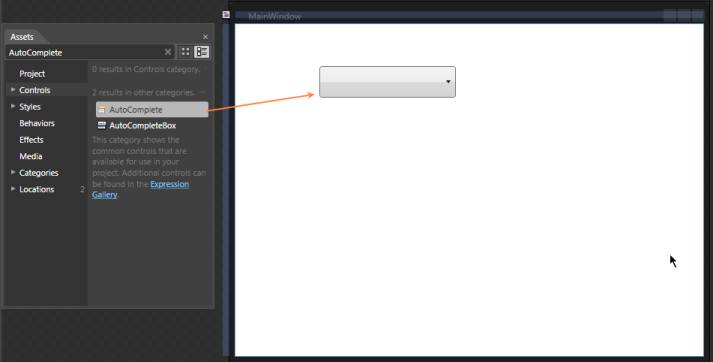
AutoComplete Drag & Drop from Asset window
-
You can now customize the properties of the AutoComplete in the Properties Window.
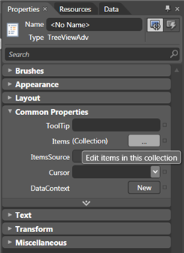
Properties Window
<local:productSource x:Key="Src"/> <syncfusion:AutoComplete x:Name="AutoComplete1" Source="Custom" CustomSource="{StaticResource Src}"/>List<String> productSource = new List<String>(); productSource.Add("Diagram"); productSource.Add("Gauge"); productSource.Add("GridView"); productSource.Add("Chart"); productSource.Add("Business Intelligence"); productSource.Add("Schedule"); productSource.Add("Grid"); productSource.Add("DocIo"); productSource.Add("XlsIo"); productSource.Add("Pdf");
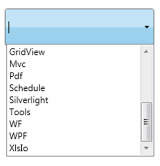
AutoComplete Created Using Blend
Theme
AutoComplete supports various built-in themes. Refer to the below links to apply themes for the AutoComplete,
